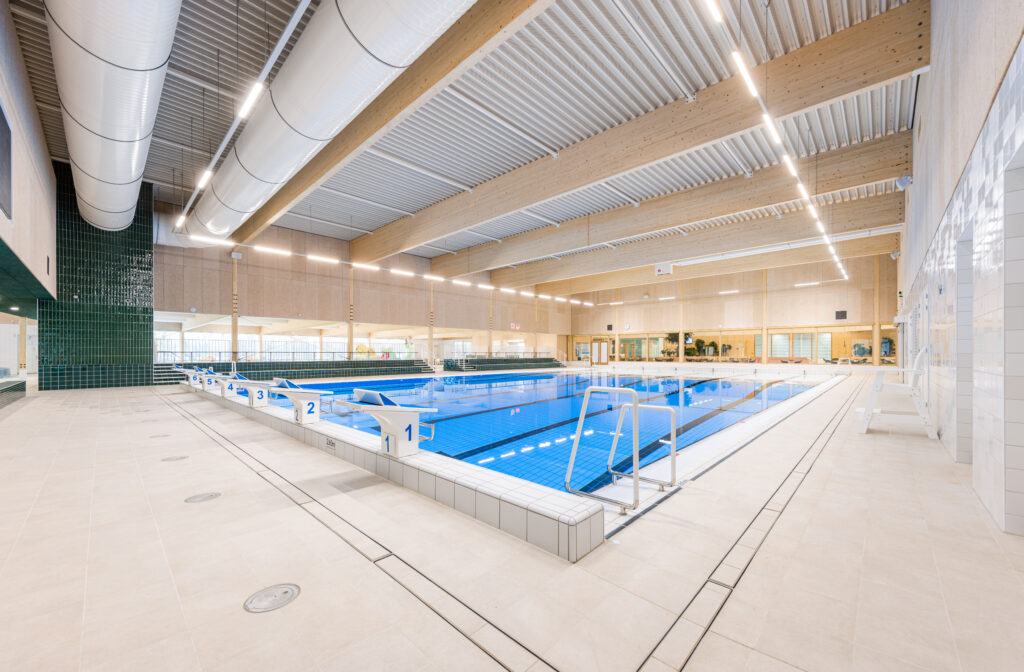
In 2023, the municipality of Nunspeet inaugurated De Wiltsangh, a cutting-edge sports and leisure facility including an extensive and modern swimming area.
To meet the stringent water quality standards, Pro Water, the Dutch partner for Kuntze at De Wiltsangh, installed two Krypton® Multi systems in each pool.
For quality assurance, the dual Krypton® Multi systems in each pool are cross-referenced regularly.
De Wiltsangh benefits from substantial savings on personnel and cleaning agent expenses, making it a frontrunner in efficient and sustainable water management.
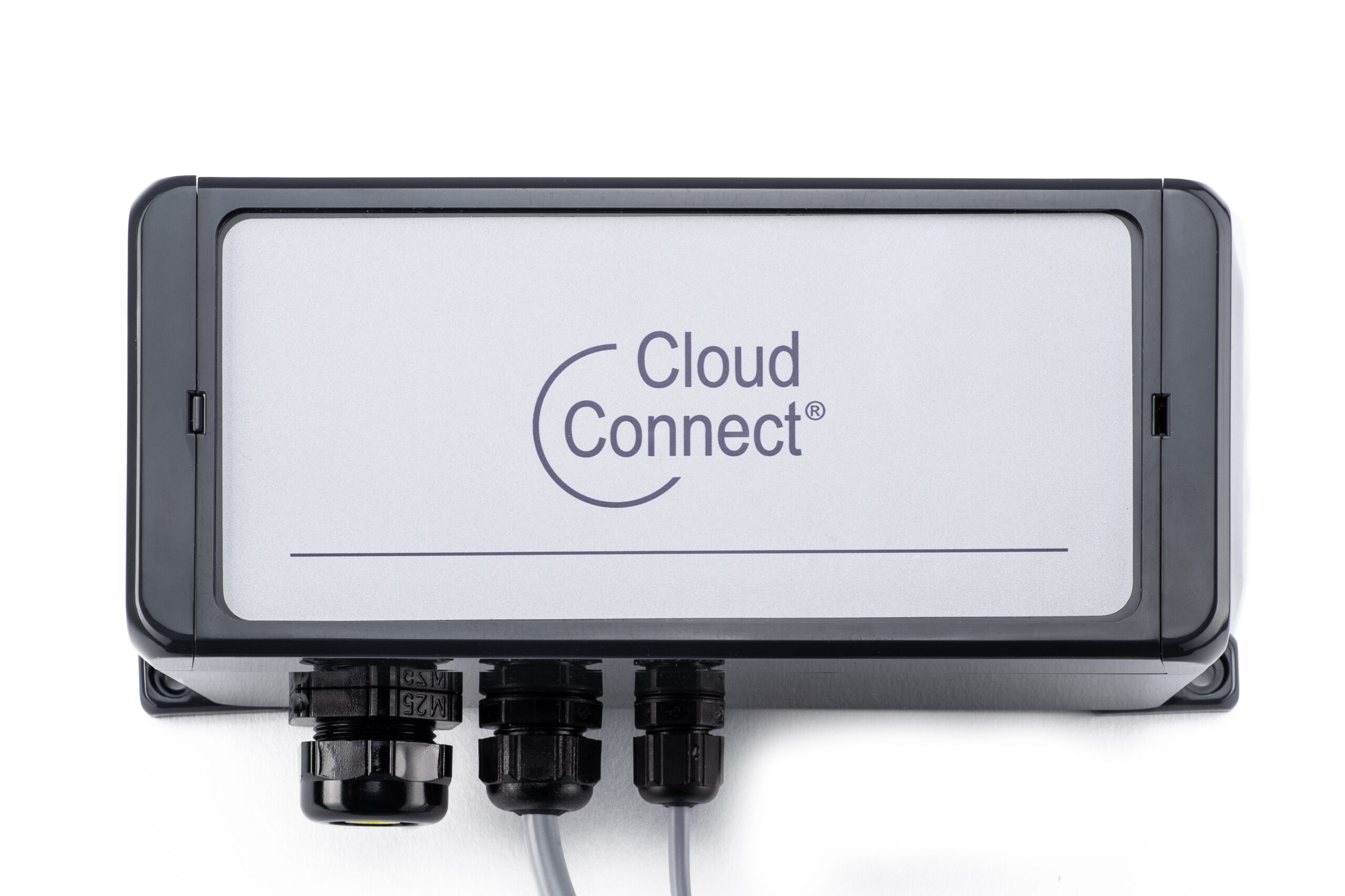
A small drinking water plant uses both ground and surface water as the influent to their treatment process. The Hach Cl17 could not perform in this environment due to rapidly changing concentrations of disinfectant and the heavy manganese creating false positives on the measurement. Meanwhile using a membrane sensor would be too costly. Kuntze’s solution removed the need for pH buffer and high consumable and reagents of competing technologies, and Cloud Connect® was able to optimize customer processes and provide an actual compliance solution saving the water plant time and money.
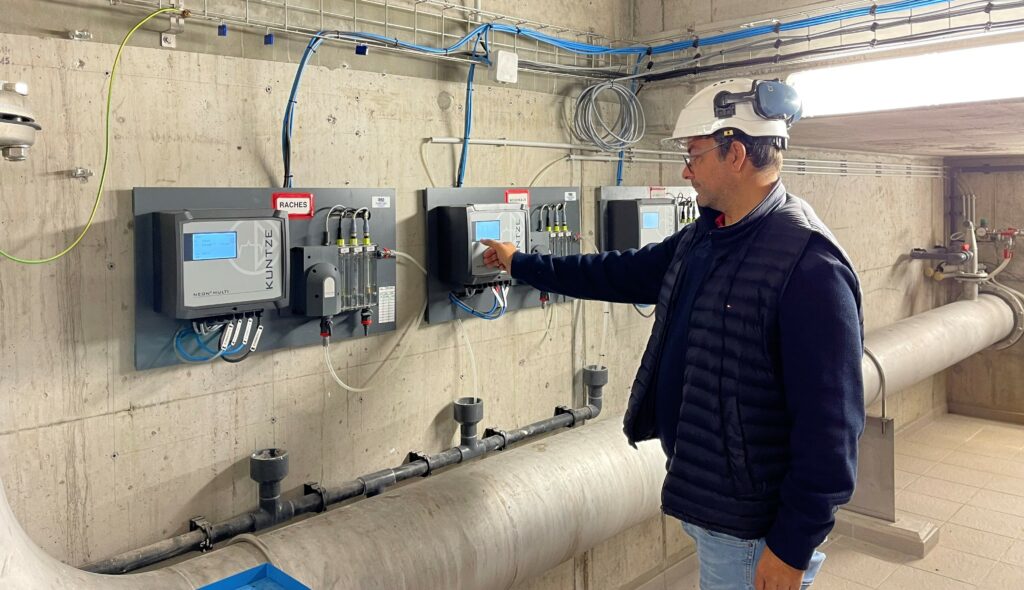
Noréade is a public establishment for intermunicipal cooperation located in the north of France. The main areas of service are water distribution and sanitation in a territory of approximately 1 million inhabitants. 99% of the water distributed by Noréade comes from groundwater aquifers. The aquifiers are fed by rainwater, which seeps through the ground and the geological layers, picking up minerals and ions.
To prevent bacterial growth in the water, it is crucial to keep a level of 0.3 and 0.5 parts-per million (ppm) for free chlorine. To stay under this threshold level, Noréade previously made use of colorimeter technology which required adding a reagents. As the previous system required reagent usage, the sample water could not be discharged into the aquifier, but had to be collected and disposed as chemical waste. The customer required a new technology that provides reliable measurements, reduces maintenance and prevents contamination of the sample water.
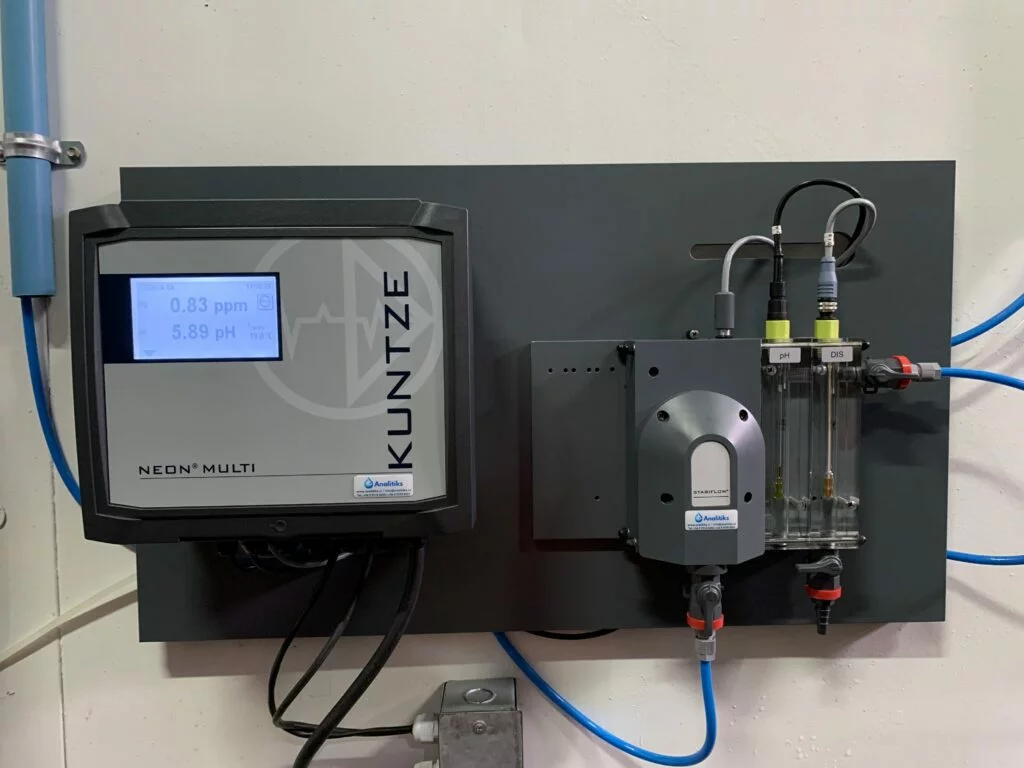
COEXCA S.A. is Chile’s second largest pork meat production and processing company. A critical factor is the quality of the feed water, which is highly dependent on the level of free chlorine in the water. To measure this threshold, COEXCA previously used a system that was not precise enough and required a lot of maintenance and calibration.
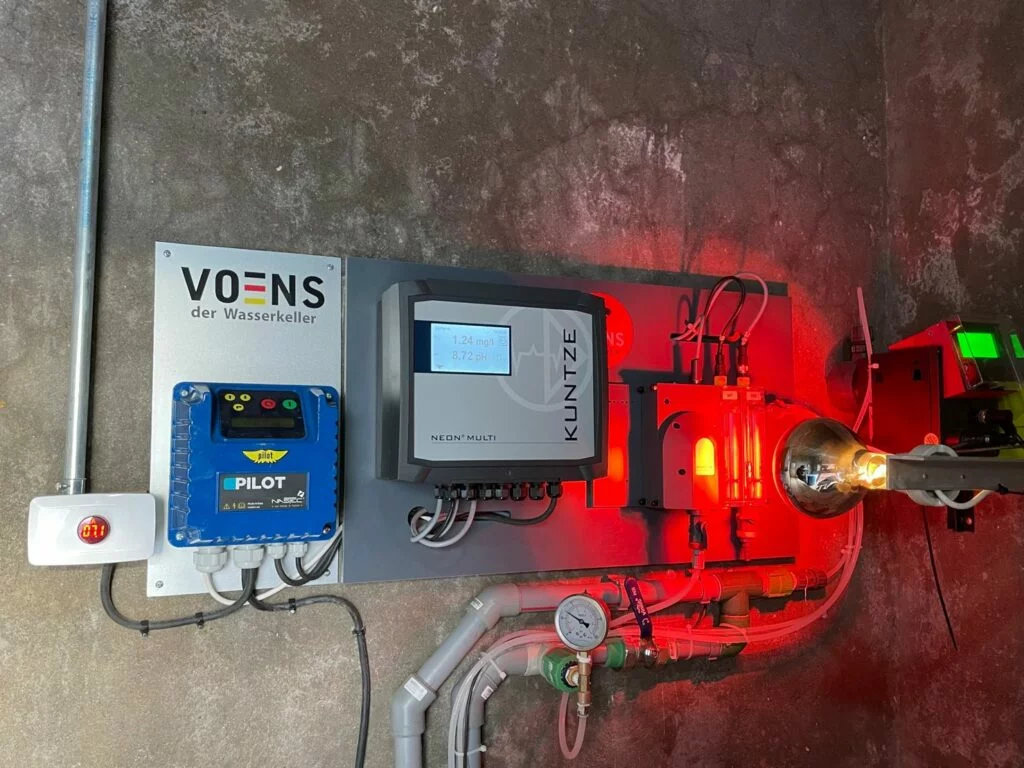
Voens S.p.A. is a company headquartered in Santiago, Chile that provides water conditioning equipment and water purification systems. As such, in all of their production processes the amount of free chlorine in the water must be strictly between 0.3 and 0.5 parts-per million (ppm). For measuring this threshold level, the company previously made use of mechanically cleaned sensors.
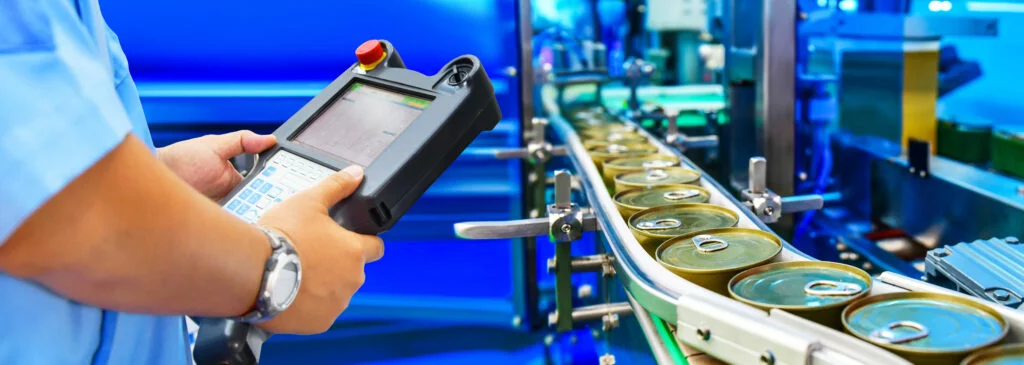
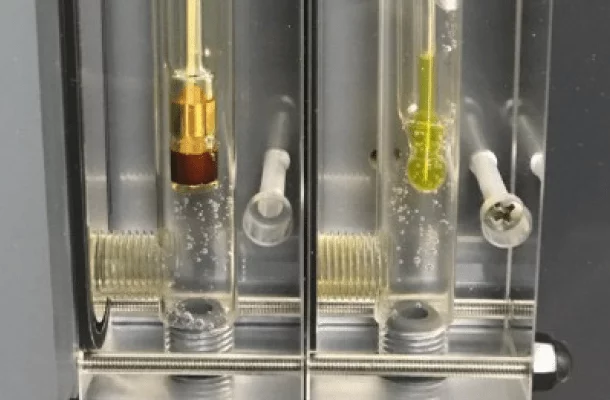
A Canadian drinking water facility experienced heavy, naturally occurring iron and manganese concentrations in their ground water source.
A common water quality characteristic found across many water treatment markets. Months after initial install, heavy compounds removed due to Kuntze ASR® technology.
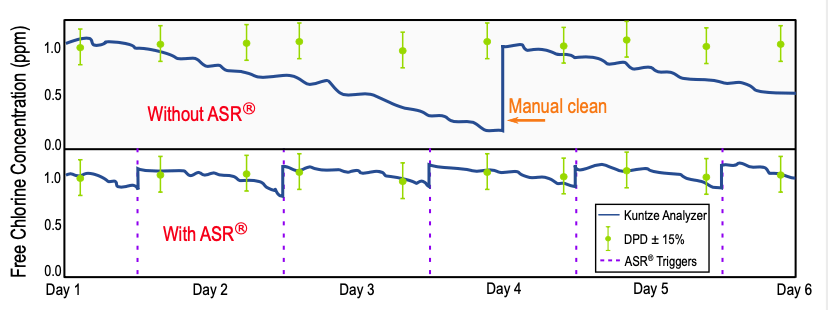
This analyzer was installed in a drinking water application sourced from ground water using free chlorine chemistry.
The ground water source contained high amounts of iron and manganese, which fouled the probe. The operators in charge of the equipment found themselves frequently manually cleaning the probe. After using Cloud Connect® to view and analyze the data, Kuntze Trial Managers instructed the customer to increase the Automatic Sensor Cleaning frequency to one cleaning per day.

A public ground drinking water system (DWS) located in the Pacific Northwest serves about 15,387 connections. The DWS treats the spring water with chlorine gas and for the seasonal-operated wells either liquid or solid chlorine systems are used.
The Kuntze Krypton® Multi System reliably controls the disinfectant residue so that DWS can continue to use Correct Equipment’s preferred chlorine tablet system.
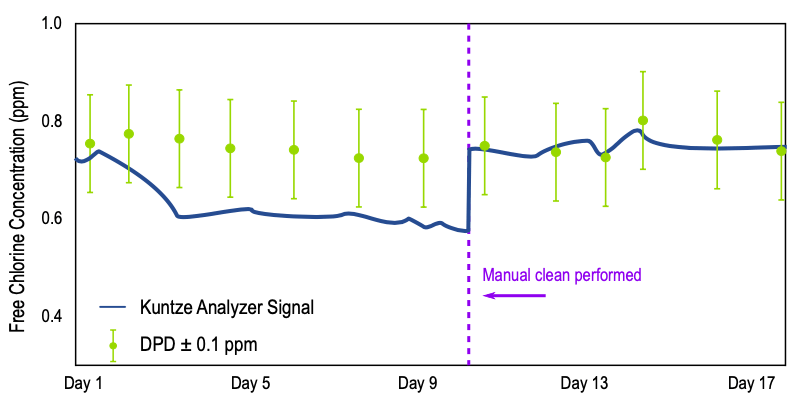
This analyzer was installed in a drinking water application using free chlorine chemistry. The customer noticed that the analyzer signal was consistently lower than their reference measurements. According to USEPA 334.0, their analyzer signal had to be within ± 0.1 ppm of their reference measurements to stay in compliance. After using Cloud Connect® to view and analyze the data, Kuntze Trial Managers instructed the customer to perform a manual clean of their Zirkon® DIS probe.
This recommendation could not have been made without using Cloud Connect® to visualize the data.
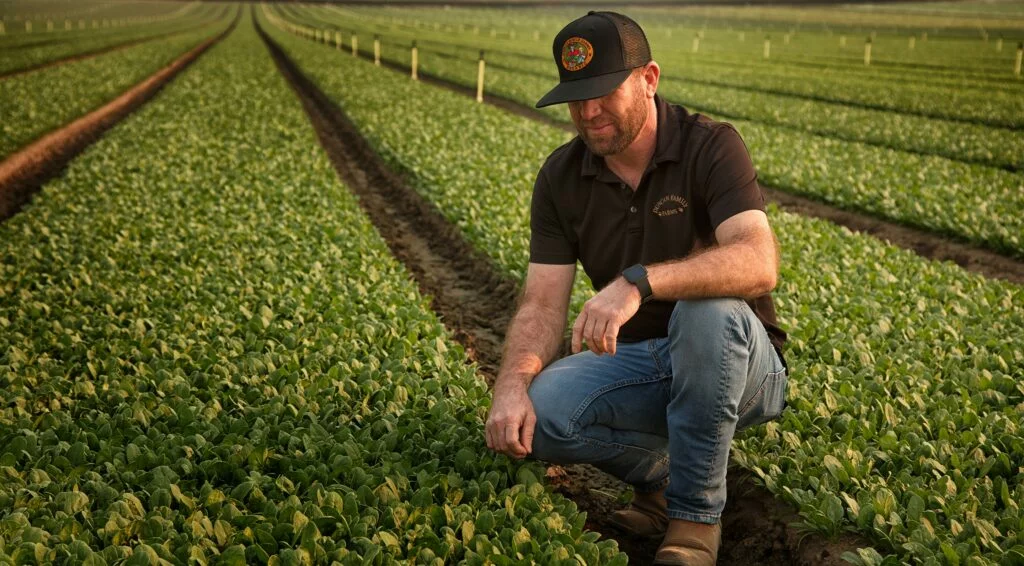
Duncan Family Farms®, a leading family-owned, multi-regional grower of certified organic produce. The installation, including five systems on organic baby tender leaf crops in Oregon, represents the first agricultural use of water treatment systems from Germany’s Kuntze Instruments. “We were looking for the best solution to safely meet the recently adopted Leafy Greens Marketing Association (LGMA) sanitation requirements for irrigation water, and Kuntze presented impressive technology that could positively impact our growing operations and the entire fresh produce industry,” said Jeremy Vanderzyl, Director of Technical Services.

A public surface drinking water system (DWS) located in Alberta operates three drinking water treatment plant and three drinking water storage systems. The DWS used both a membrane-covered amperometric sensor and an on-line colorimetric sensor to control and monitor free chlorine residual levels in their drinking water systems. Both analyzer systems required significant preventative maintenance. While both analyzers were able to stay in the residual target range, the Krypton® Multi system had on average less deviation from the reference measurements providing more accurate readings.
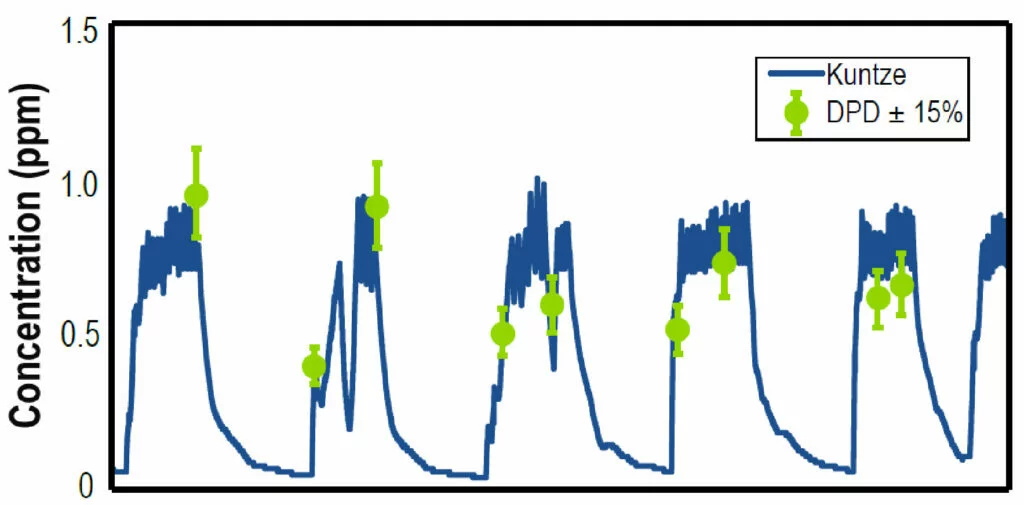
This analyzer was installed on a cooling tower using free chlorine and activated bromine chemistry.
The operators noticed that they were having a hard time meeting their minimum target oxidant residual. Around the same time, the operators also noticed a large drop in their ORP measurement. Using Cloud Connect® and input from the tower operators, the Kuntze support team looked further into the issue
With the Cloud Connect® service, Kuntze has created a solution that enables central administration and sensor analysis. The Kuntze measuring devices communicate with each other via a bus system and send data to a secure cloud storage using the Kuntze Cloud Connect® gateway, either via 4G or local internet connection.

The Cowichan Valley Regional Water District operates 17 surface and ground water systems and 2 reclaimed wastewater treatment plants. The district previously used 7 membrane analyzers from Severn Trent Services Capital Control® to monitor the free chlorine residuals in the storage tanks and at the end of the drinking water discharge lines. The analyzers experienced drift due to the challenging water conditions and required at least one calibration per month.In order to improve measurements and to reduce preventative maintenance, ClearTech suggested the installation of the Kuntze Krypton® Multi analyzers to monitor the free chlorine residuals. The district liked especially Kuntze’s Automatic Sensor Cleaning technology (ASR®), which automatically runs up to once per day preventing the sensor from fouling.
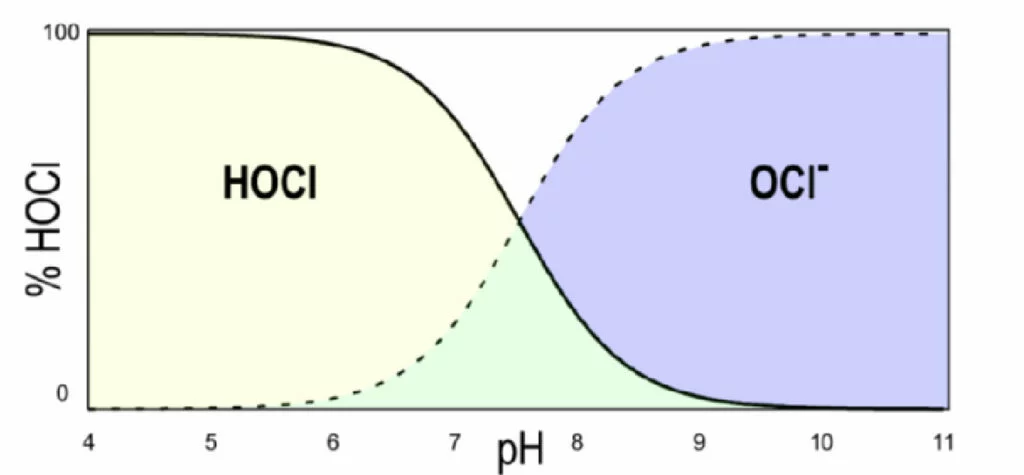
Through this case study, we hope to demonstrate the viability and utility of bare amperometric sensors for measuring stabilized bromine concentration in industrial cooling towers.
To demonstrate that bare amperometric sensors could accurately measure stabilized bromine products, we installed a sensor in a 200-ton cooling tower at an industrial plant in the suburbs of Chicago. The cooling tower for this case study is timer-fed, meaning a highly concentrated solution of biocide is introduced at the beginning of the tower’s operation cycle and is consumed as the tower runs. For the second phase of the study, we established control using a chemical dosing pump that is directly informed by the bare amperometric sensor signal.
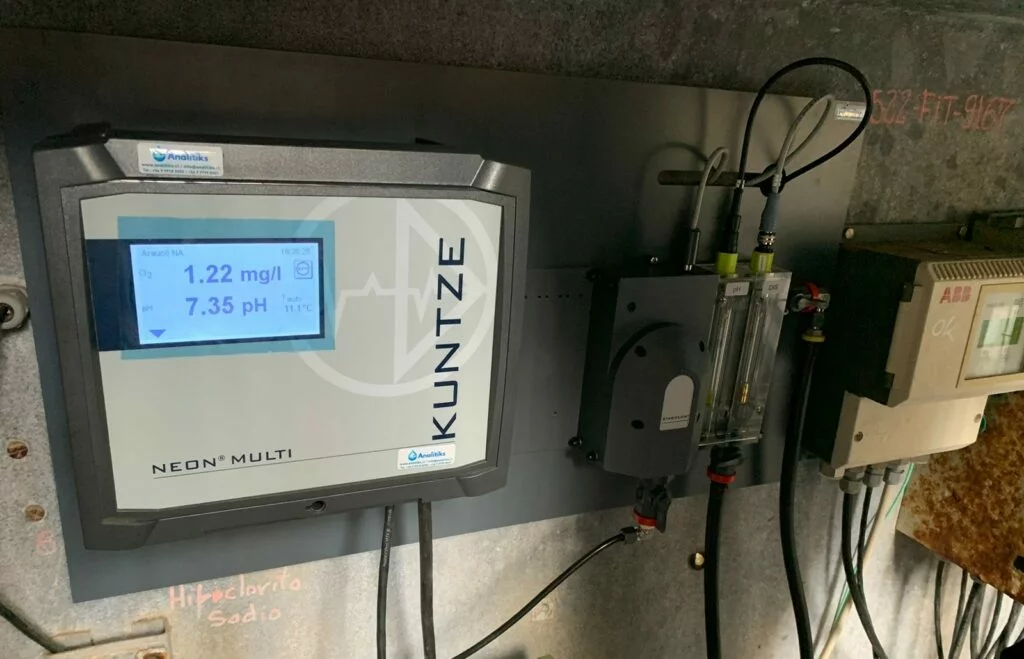
Celulosa Arauco y Constitución S.A. is a global company headquartered in Santiago, Chile that develops quality products based on renewable forest resources such as pulp, coated boards or moldings. For all its production processes, the amount of free chlorine in the production water must be strictly between 0.8 to 1.2 parts-per million (ppm). For measuring this threshold level, the company previously made use of mechanically cleaned sensor, which was not sufficient and required frequent manual cleaning and calibration.
For more efficient and precise measurement of water quality, the Chilean Kuntze partner “Analitiks SpA.”, installed a Krypton® Multi multi-channel water monitoring system for the measurement and control of free chlorine and pH at Celulosa Arauco y Constitución S.A. In doing so, our partner was able to solve our client’s challenges with great success.